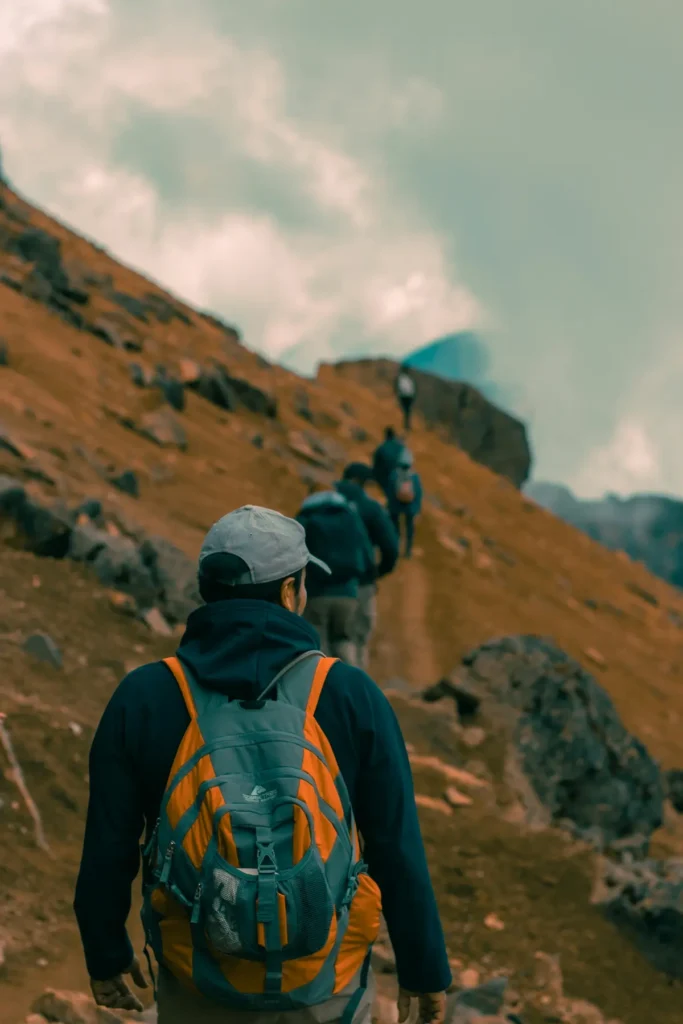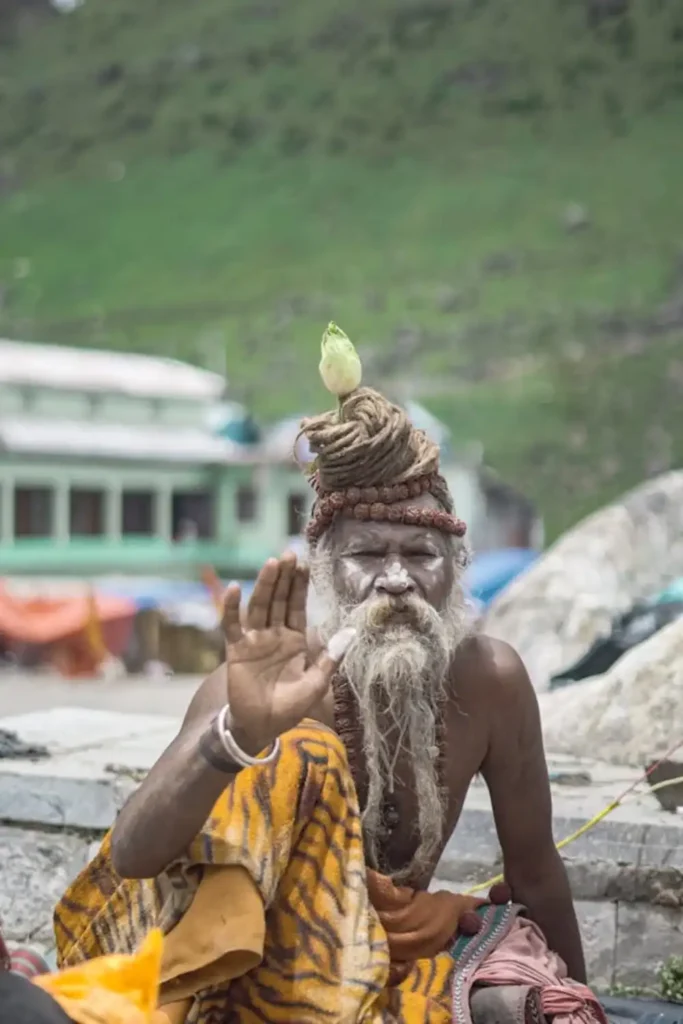Kedarnath Trek Preparation Guide – History, Fitness, and Spiritual Readiness
Trekking to Kedarnath, nestled high in the Garhwal Himalayas of Uttarakhand, is not just a journey—it’s a spiritual odyssey. Situated at an elevation of 11,750 feet (3,583 meters), Kedarnath Temple is one of the twelve sacred Jyotirlingas dedicated to Lord Shiva. Its origin is steeped in legends—the temple is believed to have been built by the Pandavas after the Kurukshetra war to seek Lord Shiva’s forgiveness. Later, Adi Shankaracharya is said to have revived the temple in the 8th century, and his final resting place lies just behind the shrine.
Today, trekking to Kedarnath is not just a pilgrimage but a challenge that demands both strength and spiritual resolve. In this guide, we’ll cover how to prepare for the Kedarnath trek, both physically and spiritually, ensuring you are truly ready for this once-in-a-lifetime experience.
How Difficult Is the Kedarnath Trek?
Let’s be clear—this is not a beginner’s walk. The trek spans approximately 16 km from Gaurikund to Kedarnath, on a steep, rocky, and often slippery trail. Altitude, unpredictable weather, and lack of oxygen make it even more challenging.

- Trek Distance: 16 km (one-way)
- Altitude: 11,750 ft above sea level
- Recommended Travel Window: Late April to June and September to October, after the monsoon.
- Trek Intensity: Ranges from moderate to challenging based on individual fitness levels
Spiritual Preparation for Kedarnath
Before you prepare your legs, prepare your heart and soul. Kedarnath isn’t just about reaching a temple—it’s about shedding your ego and surrendering to a higher energy.

Build a Devotional Mindset:
- Meditate or chant “Om Namah Shivaya” daily.
- Read or listen to the story of Kedarnath and Lord Shiva.
- Carry a small diary or prayer book to reflect during your trek.
Embrace the Purpose:
In local belief, a name defines your path. Similarly, Kedarnath calls each traveler for a reason. Go not just to complete the trail, but to complete a part of yourself.
Physical Preparation: Get Fit Before You Go
The trek can take 6–10 hours, depending on your pace and breaks. Start preparing at least 4–6 weeks in advance with a consistent training routine.
1. Cardio and Stamina Training
- Walk or jog 5–6 km daily
- Do stair climbing or incline treadmill workouts
- Try brisk hill walks if available
2. Strength Training
- Squats and lunges for leg endurance
- Planks for core strength
- Light weight training for upper body support
3. Flexibility & Breathing
- Practice yoga asanas and Pranayama (deep breathing)
- Improves flexibility and lung capacity—critical at high altitudes
What to Pack for Kedarnath Trek
Packing smart is key. You need to be light but well-prepared for cold, rain, and altitude.
Essentials Checklist:
- Trekking backpack (lightweight with hip/shoulder support)
- Waterproof hiking boots with ankle support
- Layered clothing (thermals, fleece, windproof jacket)
- Raincoat or poncho
- Woolen cap, gloves, muffler, sunglasses
- Headlamp or torch with extra batteries
- Water bottle + ORS packets
- Lightweight snacks such as energy bars, dried fruits, and glucose powder
- Personal medication + altitude sickness tablets
Acclimatization & Altitude Tips
Many trekkers underestimate the effects of altitude sickness. Prepare your body to breathe thinner air.
Tips:
- Spend a night in Sonprayag or Gaurikund to acclimatize
- Hydrate well—but avoid overhydration
- Avoid alcohol and smoking
- Climb slowly and rest frequently
- Look out for symptoms: dizziness, nausea, or breathlessness
If needed, consider shorter treks like Vasuki Tal trek from Kedarnath to condition yourself beforehand.
Mental & Emotional Preparation
Trekking to Kedarnath demands more than physical strength—it tests your patience and willpower.
Mindset Tips:
- Break the trek into checkpoints (every 2–3 km)
- Celebrate small wins—reaching a tea stall or bridge
- Visualize your destination during tough climbs
- Stay calm and adaptable—weather changes are common
Don’t forget: Everyone walks at their own pace. This is your spiritual journey—embrace it fully.
Final Checklist Before You Go
- Book your Char Dham Yatra e-pass
- Check weather conditions for Gaurikund and Kedarnath
- Confirm stay options at Sitapur/Sonprayag
- Carry photocopies of ID and emergency contacts
- Share your travel dates and route details with a trusted contact
For the latest updates on registrations, travel advisories, and temple opening dates, visit the Char Dham Yatra official portal.
Book your train journey to Haridwar or Rishikesh easily via IRCTC.
Conclusion: More Than a Trek
The trek to Kedarnath combines deep spiritual significance with the raw beauty and challenge of the Himalayas. You’re not just climbing a mountain—you’re walking in the footsteps of seekers, saints, and warriors. Prepare your body, calm your mind, and open your heart—because at the end of this path lies not just a temple, but a powerful inner transformation.
Want to explore all four sacred sites? Read our Char Dham Yatra Guide for complete details.
FAQs
1. Is the Kedarnath trek suitable for first-time trekkers?
Yes, but it can be challenging. The 16 km uphill route from Gaurikund involves steep climbs and high altitude, which may be tough for those not used to trekking. With 4–6 weeks of physical preparation and regular walking or stair training, even first-timers can complete the journey safely.
2. What is the best time to visit Kedarnath Temple?
The best time to visit Kedarnath is between May–June and September–October, when the weather is pleasant, the skies are clearer, and the trek route remains accessible. Monsoon months are risky due to landslides and heavy rain.
3. What should I pack for the Kedarnath trek?
Key items include a sturdy backpack, waterproof trekking shoes, warm layered clothes, rain gear, flashlight, first-aid kit, energy snacks, and government ID proof. Lightweight and weather-ready packing is essential.
4. How can I prepare physically for the Kedarnath trek?
Build your stamina with daily cardio (walking or jogging), leg strength exercises (squats/lunges), and yoga or Pranayama to improve flexibility and breathing. Start your fitness routine at least 4 to 6 weeks before the trek for optimal preparation.
5. What is the cost of doing the Kedarnath trek?
The trek can cost between ₹4,000 to ₹7,000 for budget travelers, covering food, basic stays, and local transport. Those opting for helicopter rides, pony services, or packaged tours may spend ₹10,000–₹15,000 or more depending on services chosen.



